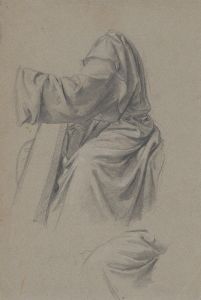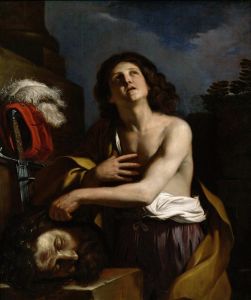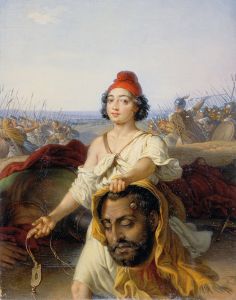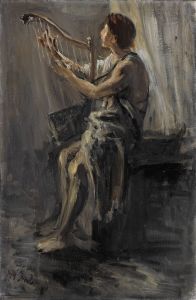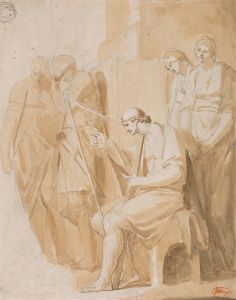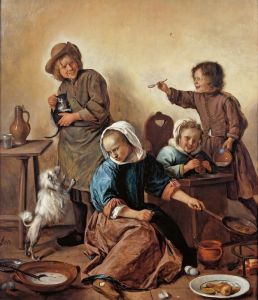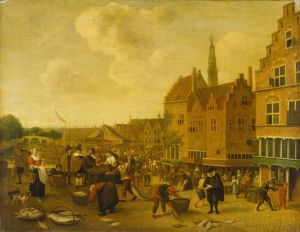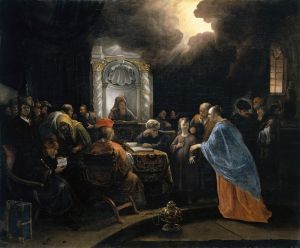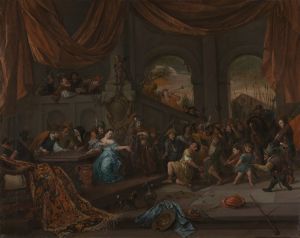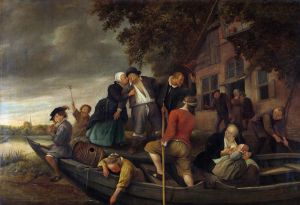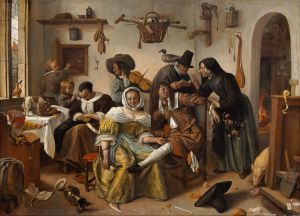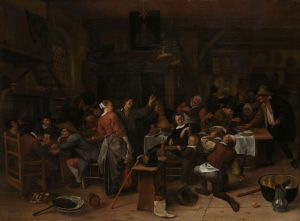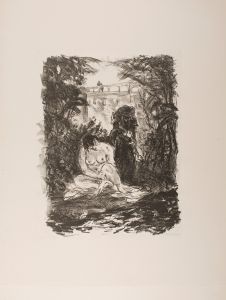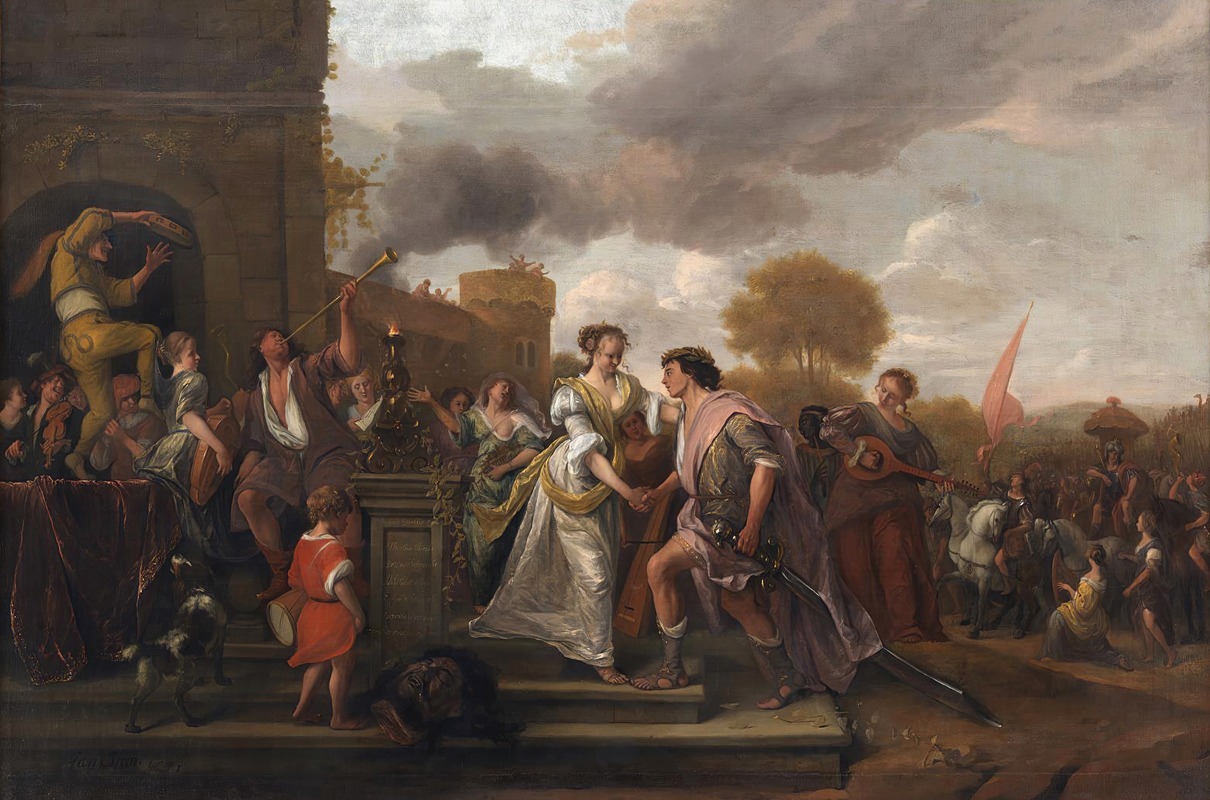
David Returning Victorious after Defeating Goliath and the Philistines
A hand-painted replica of Jan Steen’s masterpiece David Returning Victorious after Defeating Goliath and the Philistines, meticulously crafted by professional artists to capture the true essence of the original. Each piece is created with museum-quality canvas and rare mineral pigments, carefully painted by experienced artists with delicate brushstrokes and rich, layered colors to perfectly recreate the texture of the original artwork. Unlike machine-printed reproductions, this hand-painted version brings the painting to life, infused with the artist’s emotions and skill in every stroke. Whether for personal collection or home decoration, it instantly elevates the artistic atmosphere of any space.
Jan Steen, a renowned Dutch Golden Age painter, is best known for his lively and often humorous depictions of everyday life. However, he also explored biblical and historical themes in his work. One such painting attributed to him is David Returning Victorious after Defeating Goliath and the Philistines. This artwork portrays the biblical story of David's triumph over the Philistine giant Goliath, a narrative from the Old Testament (1 Samuel 17).
The painting captures the moment when David, having slain Goliath, returns in victory. In the biblical account, David, a young shepherd, defeats Goliath with a sling and a stone, demonstrating his faith in God and his courage. The scene is often interpreted as a symbol of the triumph of faith and intelligence over brute strength.
Steen's interpretation of this story reflects his skill in storytelling and his ability to convey emotion and drama through his compositions. The painting likely includes rich details and vibrant colors, hallmarks of Steen's style, though specific details about the composition, such as the arrangement of figures or the use of light and shadow, are not widely documented.
While Jan Steen is primarily celebrated for his genre paintings, this work demonstrates his versatility as an artist and his engagement with religious themes. However, detailed information about the painting's provenance, current location, or exact date of creation is not readily available in historical records.
Given the limited documentation on this specific painting, further research would be required to provide a more comprehensive analysis.





